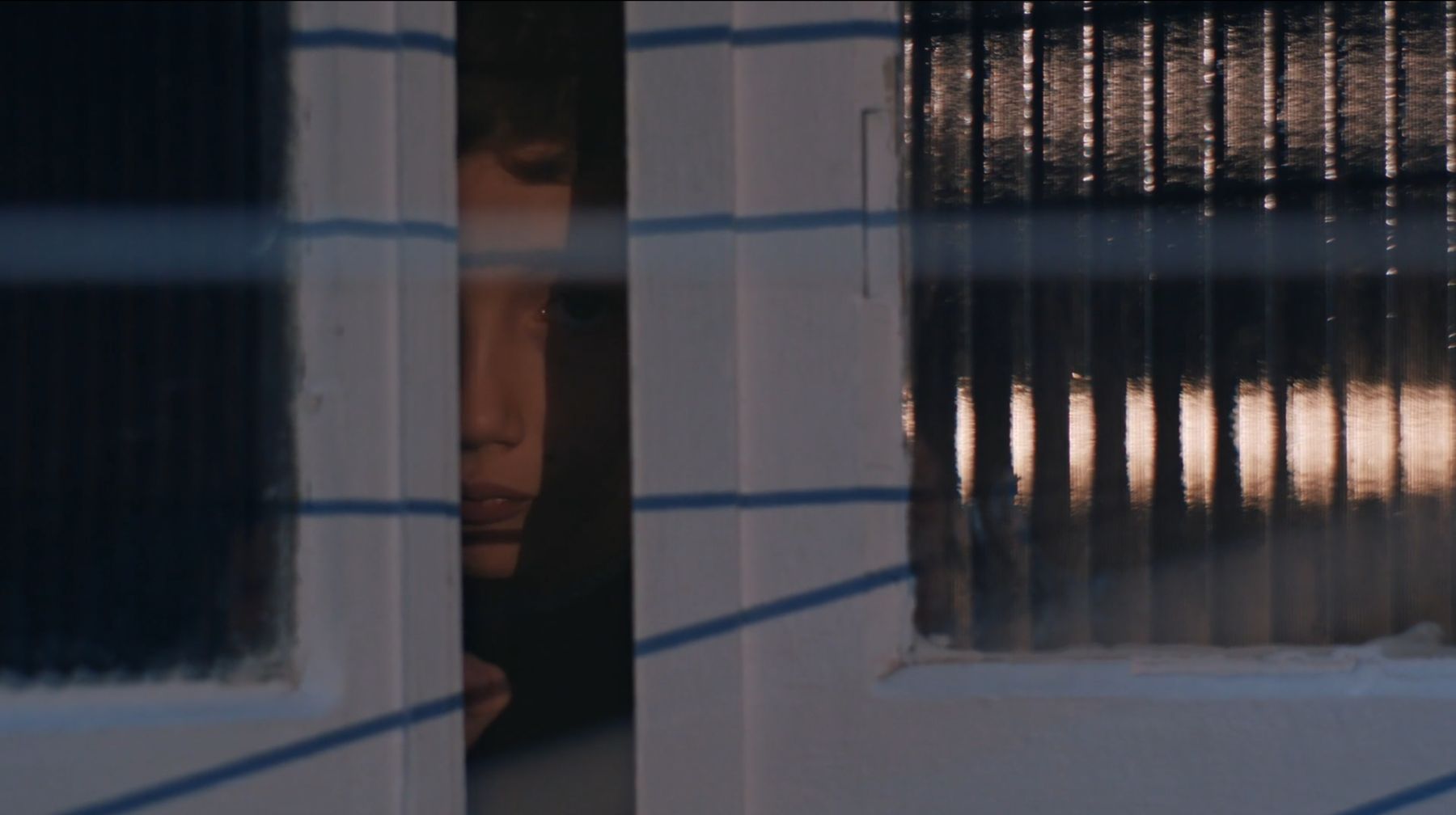
- The Zinegoak festival has led to the streets of Bilbao film, theater and endless cultural activities. One of them was the last Asier Altuna short: Being there, I'm here. The 5-minute work has been done by the director of Bergara from a story with the same title as Joseba Sarrionandia's book. It's one of the pieces of the collective film, Ns oroitzapenak, directed by 12 filmmakers. The film premiered entirely at the San Sebastian Film Festival, and each short has followed its path since then.

Mamia: a child is in love with the woman in the neighborhood and observes her out the window while fighting with a man; the woman, conscious of the child's gaze, does not close windows. In the story of Sarrionandia, twenty years later, the child is a man who asks him to leave the window open while fighting with his wife, and in the dark, across the window, guess the bewildered look of the child. If that child is his memory of childhood, or if someone is really looking, it's up to him to interpret it. In the short height, on the contrary, it is two men who are dancing the second time; and it is a girl who looks out the window. “The spy will become spied and the hunter will be hunted,” but that’s not what counts. Altuna changes one column in history: the second pair is not heterosexual. And this turns it all over.
Joseba Sarrionandia commented on her stories: “Why little ones? Seeking because those who love typicity increase the pleasure of the search, or because the author is lazy for long work, or because he fears failing tomorrow after work does not get involved for long, or because in small things there are as many secrets as in the big ones.” The short metrajist can also be considered a storyteller. And in search of those keys, the second Berber short has a little secret: it questions the cyclicality of the story, at least as far as it is eternally cyclical. The young man, from the window, has seen the heterosexual couple, who was sitting in front of the window. When she is older she remembers her, and voyeurism drives her not to close the window when making love. He wants to be the woman he saw when he was little and not the man he lay with. He wants a man to give him pleasure, like the woman next to him. And in addition, a girl looks at them in the same window as the first couple. And not a boy. We may think that she is the daughter or not of the first couple (considering the effectiveness of current rentals, the narrowness of mortgages or the liquidity of relationships), but the question is: How is history going to follow? And by the way, what is that girl going to do? Will you want another person to see how love is made? Will it be subjected to the heterosexual regime of the parents or will it enter the window that the neighbor opens? And more important in terms of cyclicity: Will there be other boys and girls who can see how it is made in leather when it grows (descendants of neighbours), taking into account the reduced chances of having children from a gay couple?
Sarrionandia calls his works “incurable stories”, in which as they are read new meanings can be found, shields. Therefore, we will call “incurable films” those short films that lead us to reflect beyond the first look.